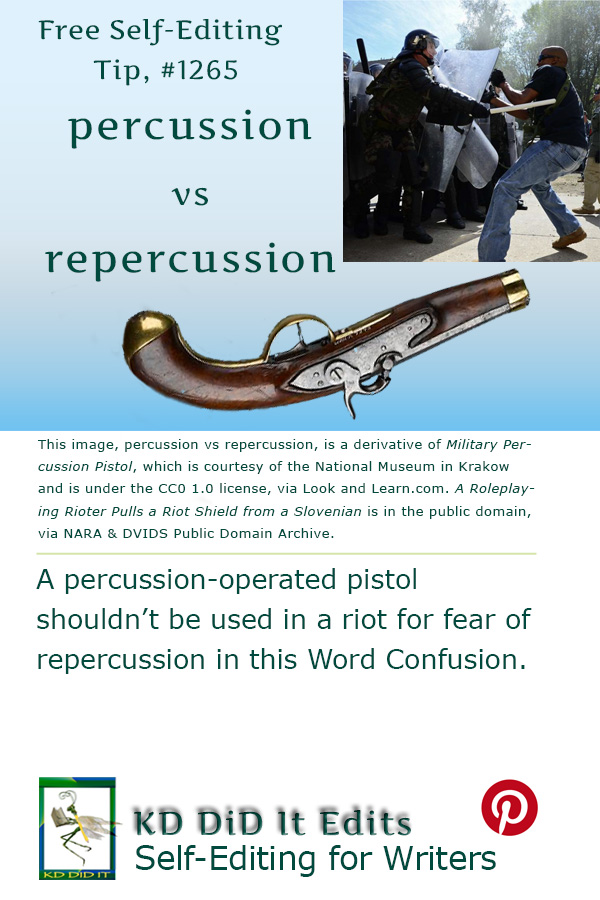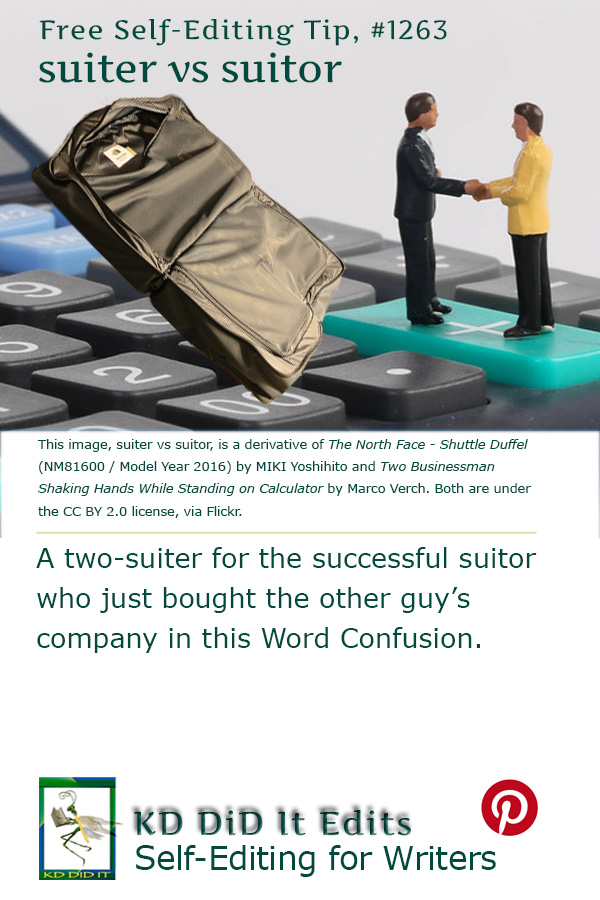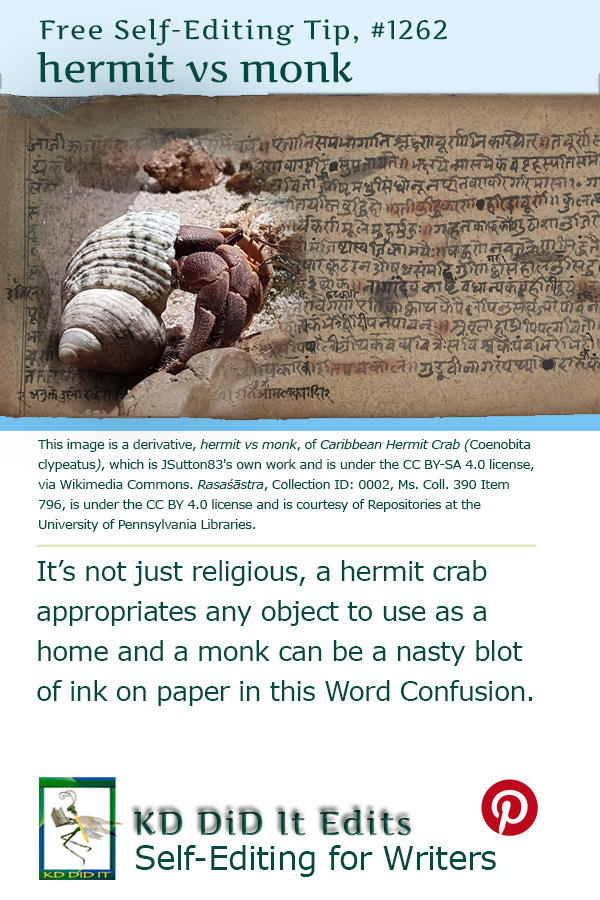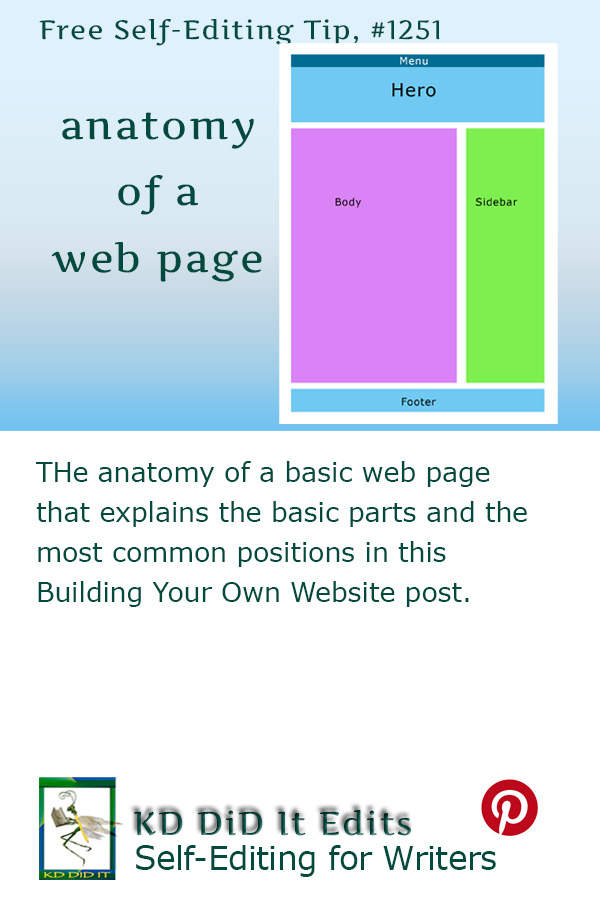Word Confusion: Gaff vs Gaffe vs Gaffer

Depending upon your interests, you’ll know a gaffer as an old man at a pub or the electrician in charge of a production set. It’s the difference between a gaff (a hook, a swindle, etc.) and a gaffe, which is a social blunder, where most become confused in this Word Confusion from KD Did It.









